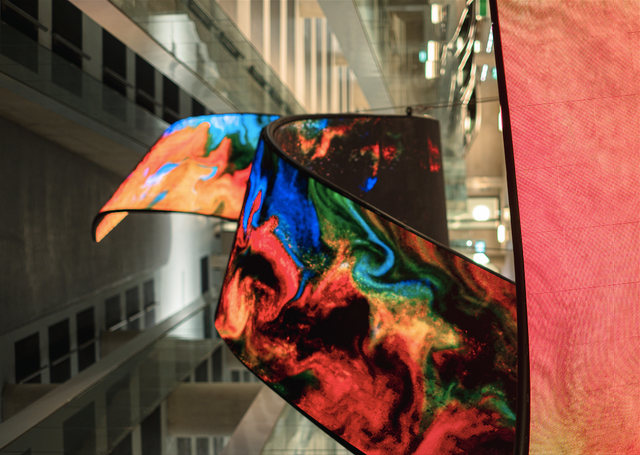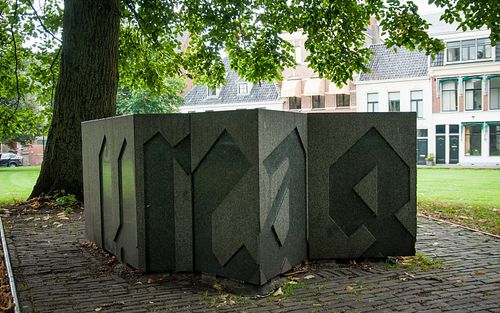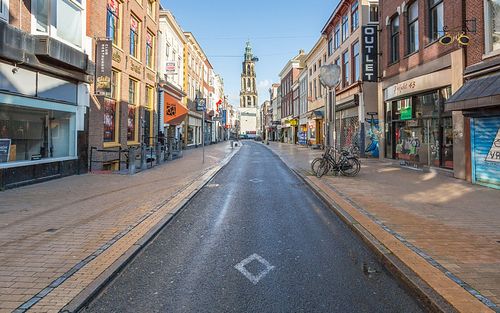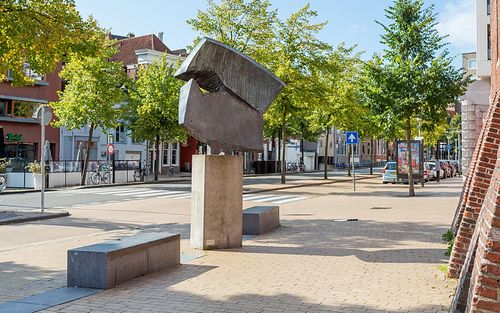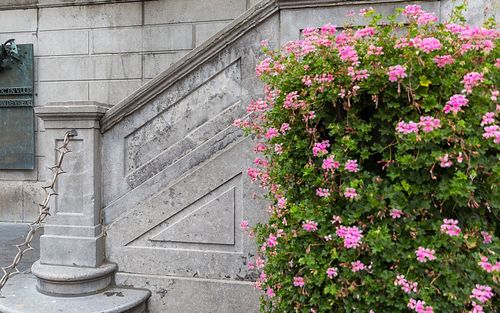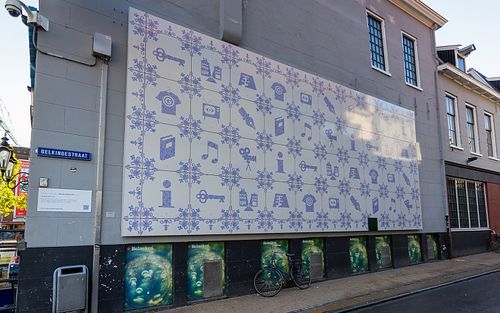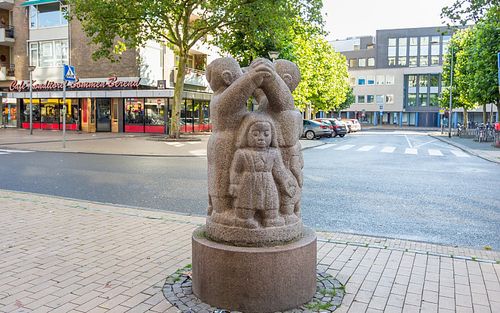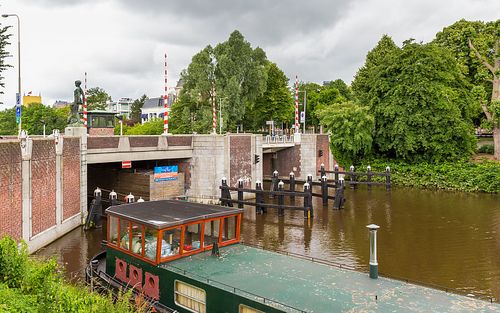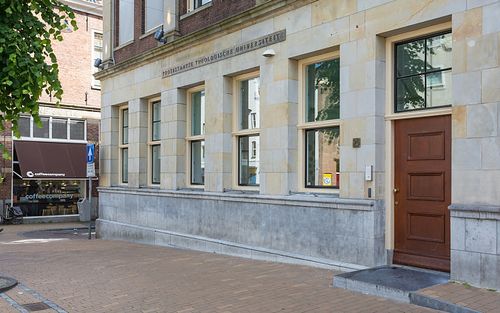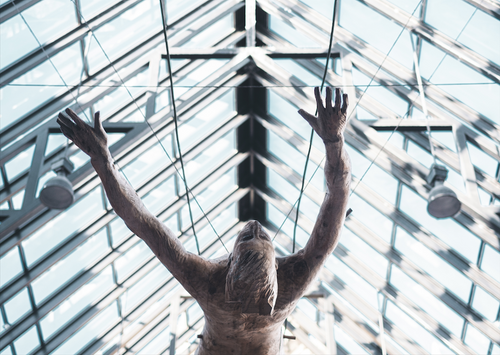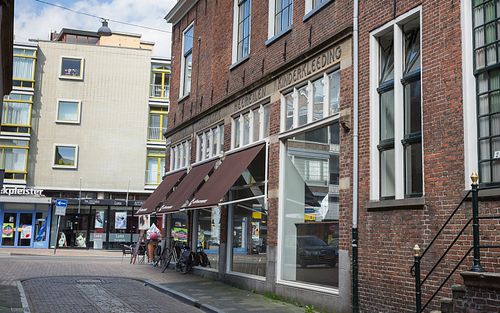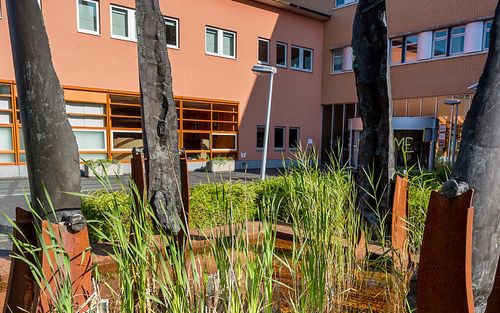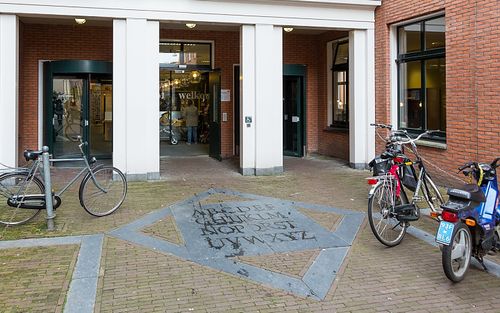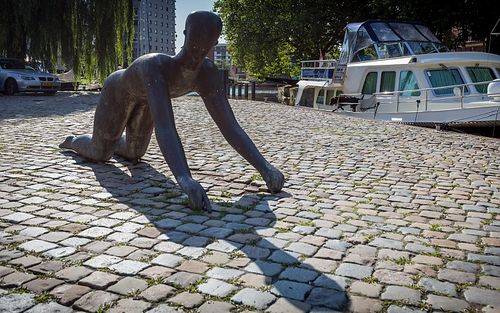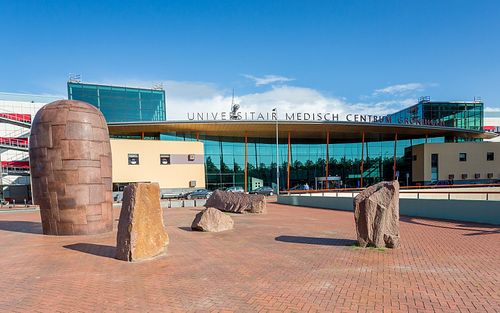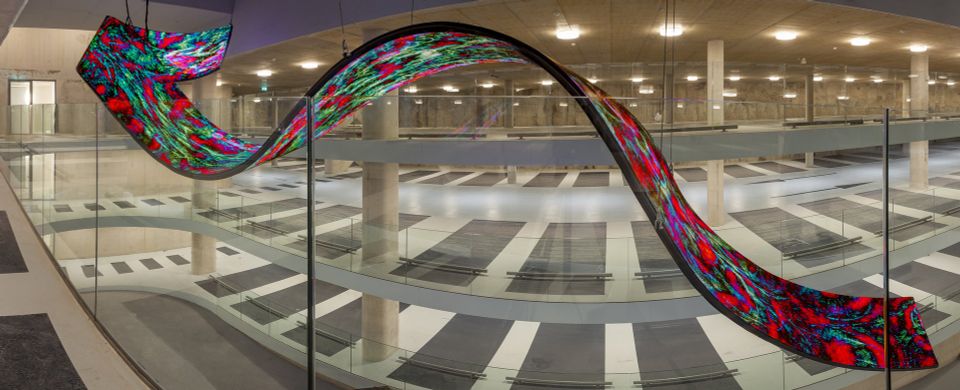
Wervel
Wervel can be found in the parking garage of the Forum, the towering spaceship smack dab in the middle of the city. Is Wervel (Vertebra) tucked away on purpose? Most certainly not!
Take a look
This 20-meter-long LED sculpture is inspired by the form of a tornado. Artist Nicky Assmann’s works combine art, nature, science and cinematography. The result is a whirlwind of composed video images with flowing, dynamic ‘hyper’ colours, creating a composition that uses light, movement, and imagery to engage the senses and evoke a sense of wonder.

